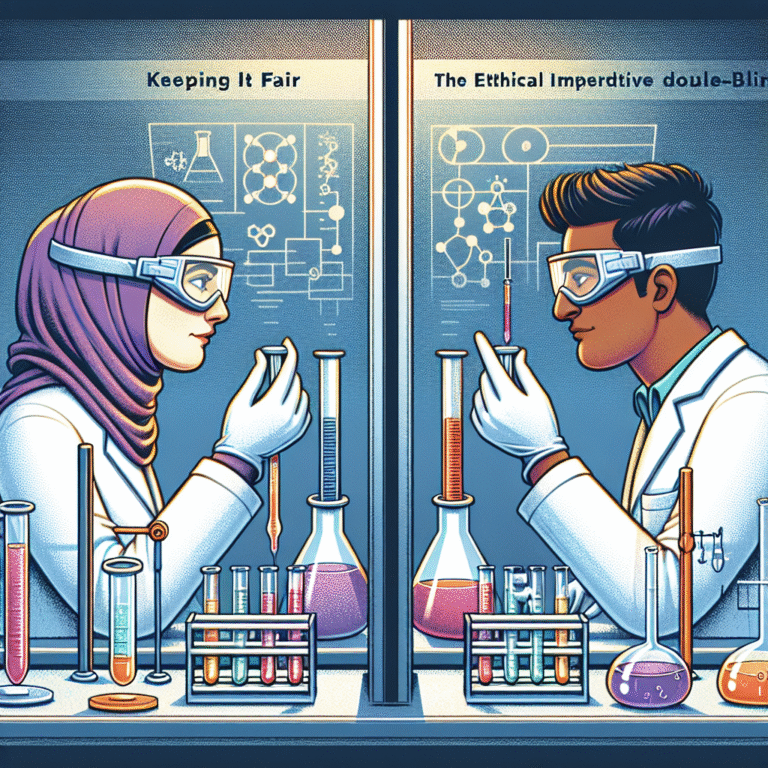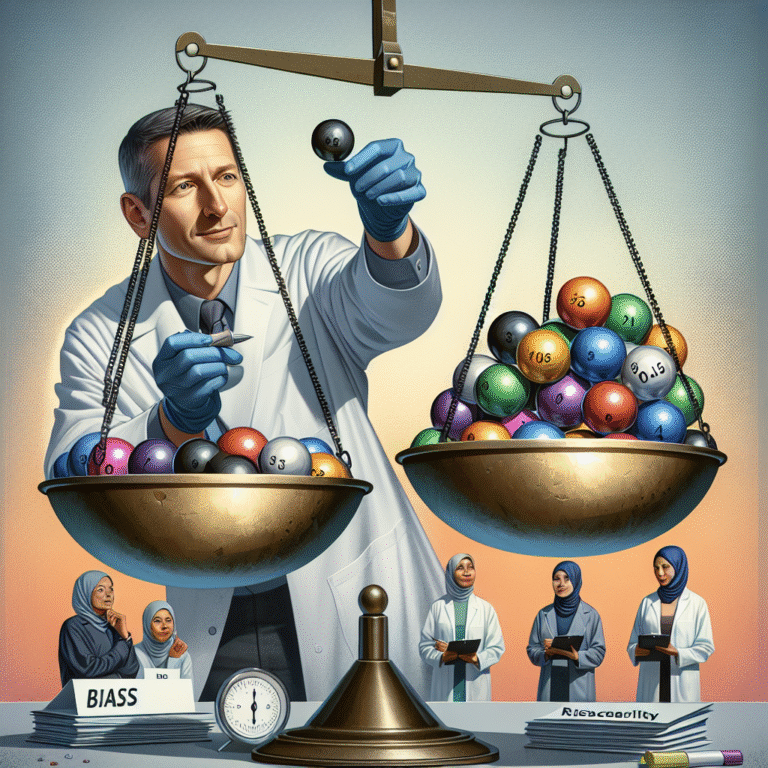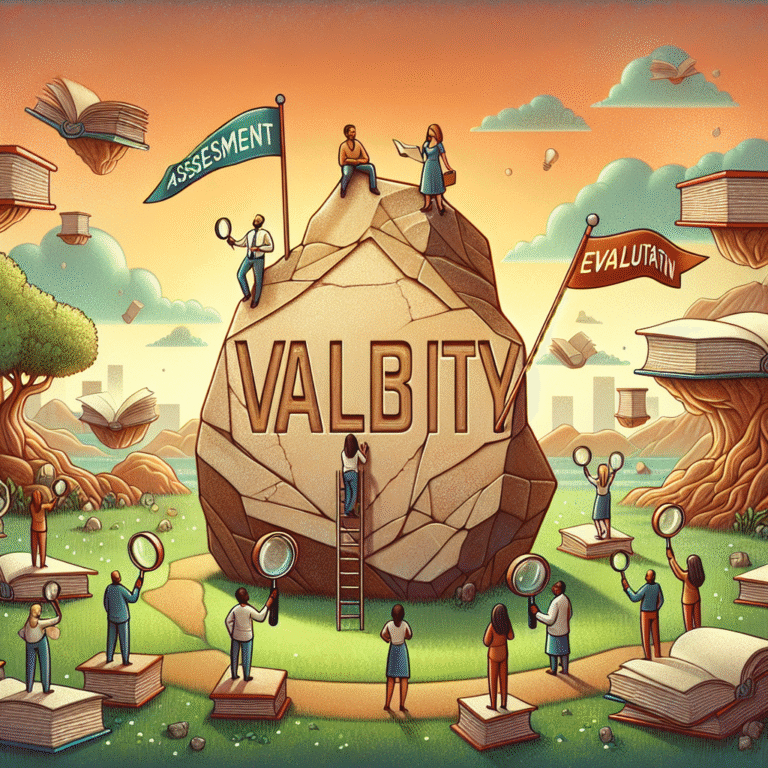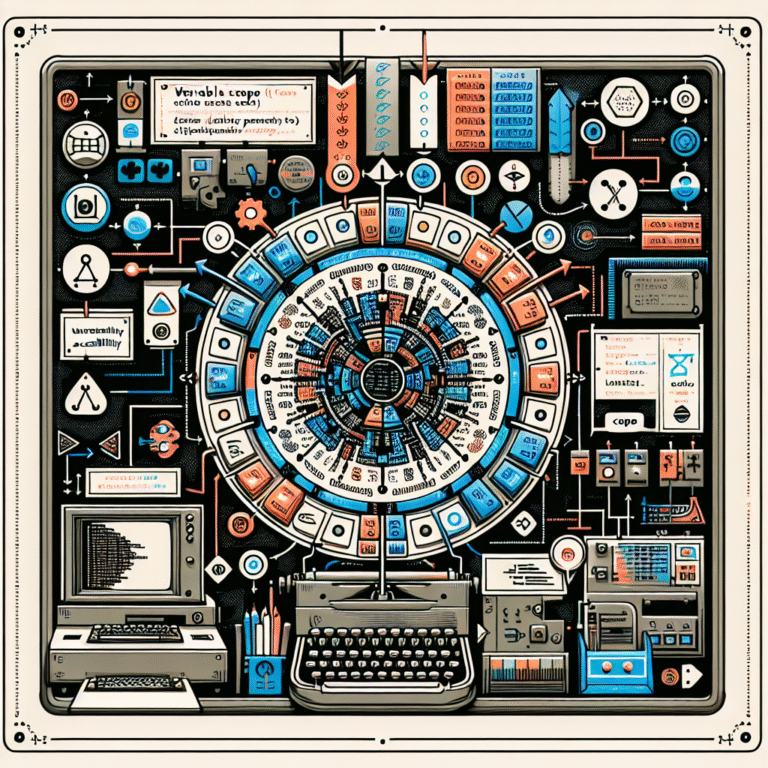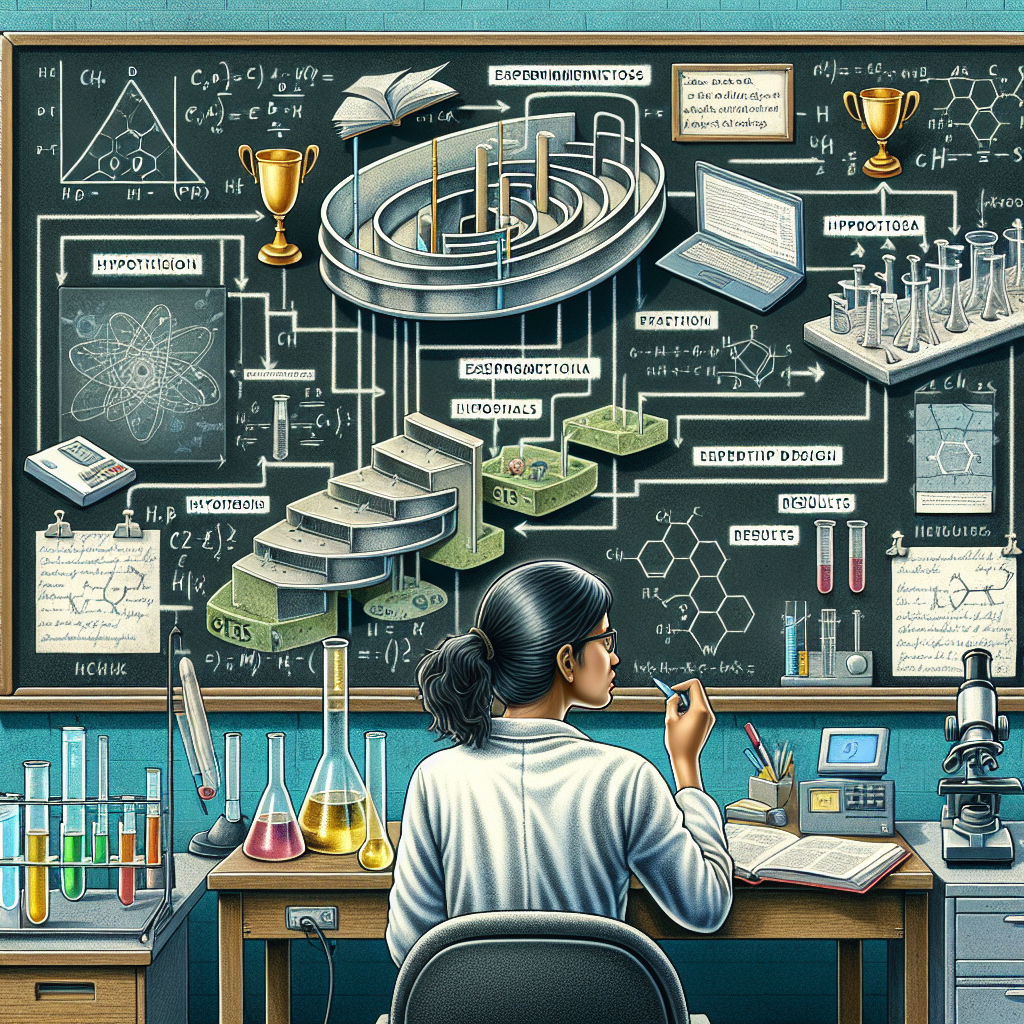
Introduction
Imagine embarking on a journey without a map—chaotic, unpredictable, and likely to lead to dissatisfaction. Now, apply that metaphor to the world of scientific inquiry. The journey from hypothesis to results is not merely a sequence of steps but a thoughtful navigation through complexities, uncertainties, and discoveries. Understanding how to effectively design experiments is not just essential for researchers; it is the cornerstone of innovation across various fields. In this article, we will dive deep into From Hypothesis to Results: Navigating the Experimental Design Process, illuminating the path with insights, case studies, and actionable strategies.
Understanding Experimental Design
What Is Experimental Design?
At its core, experimental design is the blueprint guiding researchers through the exploration of hypotheses. It involves planning how to investigate a hypothesis with the ultimate goal of acquiring valid and reliable results. Effective experimental design balances statistical rigor with practical considerations, allowing scientists to draw meaningful conclusions.
The Importance of Hypotheses
A hypothesis serves as the initial point of inquiry, a statement that predicts the relationship between variables. Crafting a robust hypothesis can significantly impact the quality of results.
Example of a Strong Hypothesis: "Increasing sunlight exposure will enhance the growth rate of sunflower plants compared to those grown in partial shade."
The Stages of Experimental Design
1. Defining the Problem and Framing the Hypothesis
In From Hypothesis to Results: Navigating the Experimental Design Process, the first step involves identifying a problem and framing a testable hypothesis. This stage is critical; poorly formulated hypotheses can lead to inconclusive results.
Case Study: In a clinical trial investigating a new drug, researchers identified a specific health issue—high blood pressure. They framed their hypothesis around whether the new drug would effectively lower blood pressure compared to a placebo.
2. Selecting the Variables
Once the hypothesis is formulated, it’s crucial to determine the independent and dependent variables:
- Independent Variable: The factor that is manipulated (e.g., dosage of the drug).
- Dependent Variable: The outcome being measured (e.g., blood pressure levels).
3. Choosing the Experimental Design
There are several designs to choose from:
- Randomized Controlled Trials (RCTs): Participants are randomly assigned to either the treatment or control group, minimizing bias.
- Cohort Studies: Groups are followed over time to observe outcomes based on exposure.
Incorporating these designs ensures that conclusions drawn are reliable and generalizable.
4. Developing the Methodology
Methodology details how to conduct the experiment, including sample size, data collection techniques, and analysis methods. A well-defined methodology can significantly enhance the robustness of results.
| Table 1: Key Components of Methodology | Component | Description |
|---|---|---|
| Sample Size | Number of participants or units involved | |
| Data Collection Methods | Techniques used to gather data (surveys, observations) | |
| Variables Control | Strategies to control confounding variables |
5. Conducting the Experiment
No design is complete without execution. Attention to detail during this phase can eliminate potential biases and errors. Monitoring the process allows for immediate adjustments as needed, ensuring integrity in data collection.
6. Analyzing the Data
Once data is collected, statistical analysis comes into play. Using tools such as ANOVA or regression analysis, researchers can determine whether the results support the hypothesis. This crucial step bridges the journey from hypothesis to results, presenting the findings in a digestible format.
Example: After running analyses on their data, researchers found that the new drug did significantly lower blood pressure, validating their hypothesis.
7. Interpreting Results
Results must be interpreted carefully. Failure to consider contextual factors can lead to overgeneralizations or misconceptions. Engaging with existing literature enhances this interpretation, situating findings within the broader landscape.
Case Study: In a psychological study on stress management techniques, researchers highlighted how their findings aligned with existing studies, validating their results and enhancing credibility.
The Role of Ethics in Experimental Design
Why Ethical Considerations Matter
Ethical considerations are integral throughout From Hypothesis to Results: Navigating the Experimental Design Process. Adhering to ethical standards not only protects participants but also ensures the integrity of the research.
Common Ethical Dilemmas
- Informed Consent: Participants must be fully informed about the study’s nature and potential risks.
- Confidentiality: Safeguarding participant data is non-negotiable.
Ethical Review Boards
Before conducting experiments, it’s often necessary to submit a proposal to an ethical review board (IRB), ensuring that the study adheres to ethical guidelines.
Effective Communication of Results
Presenting the Findings
Communicating results effectively is vital in converting data into actionable insights. Utilizing visualization tools like graphs and charts can aid in understanding complex information.
Example Chart: A bar chart comparing blood pressure levels across different groups can visually demonstrate the efficacy of the treatment.
Writing the Report
A well-structured report encompasses the introduction, methodology, results, discussions, and conclusions. Ensuring clarity and conciseness helps in disseminating findings to a wider audience.
Peer Review and Publication
Seeking peer feedback enhances the research’s credibility. Publication in reputable journals allows findings to be shared with the broader scientific community, contributing to knowledge progress.
Conclusion
Navigating the journey from hypothesis to results requires a well-thought-out experimental design process. From defining the problem to analyzing data, each stage plays a crucial role in producing valid conclusions. As we’ve explored in this article, understanding the intricacies of experimental design can empower researchers and innovators, leading to transformative discoveries.
As you embark on your own research adventures, remember: the path may be complex, but every step taken is a leap toward knowledge and understanding. So go forth and navigate your journey from hypothesis to results with confidence.
FAQs
1. What is the significance of a hypothesis in experimental design?
A hypothesis guides the entire research process, providing a focused direction for experimentation.
2. How do you choose the right experimental design?
Consider your research question, the type of data you need, and the resources available when selecting a design.
3. What are common pitfalls in experimental design?
Poor hypothesis formulation, inadequate sample sizes, and lack of control over variables are frequent challenges.
4. How can I ensure ethical standards in my research?
Obtain informed consent, protect participant confidentiality, and review your study with an ethical review board.
5. What tools can help with data analysis?
Software like SPSS, R, or Python can assist in conducting complex statistical analyses effectively.
By delving into From Hypothesis to Results: Navigating the Experimental Design Process, you are now equipped with insights and strategies that can transform your approach to research. Happy experimenting!




